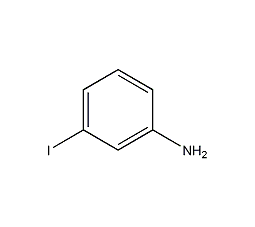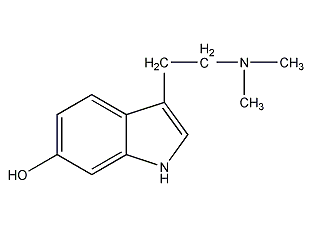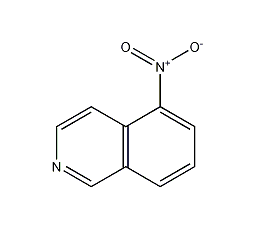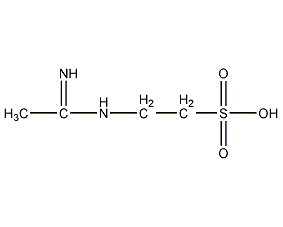3-Bromo-o-xylene


Structural formula
| Business number | 05V4 |
|---|---|
| Molecular formula | C8H9Br |
| Molecular weight | 185.07 |
| label |
1-Bromo-2,3-dimethylbenzene, 1-Bromo-2,3-dimethylbenzene, aromatic compounds |
Numbering system
CAS number:576-23-8
MDL number:MFCD00000069
EINECS number:209-398-2
RTECS number:None
BRN number:2077312
PubChem number:24891945
Physical property data
1. Physical property data
1. Density: 1.365g/mL at 25 °C (lit.
2. Boiling point (ºC, normal pressure): 214
3. Refractive index: n20/D 1.560(lit.)
4. Flash point (ºC): 177
Toxicological data
None yet
Ecological data
None yet
Molecular structure data
5. Molecular property data:
1. Molar refractive index: 43.59
2. Molar volume (cm3/mol): 138.1
3. Isotonic specific volume (90.2K): 333.0
4. Surface tension (dyne/cm): 33.7
5. Polarizability (10-24cm3): 17.28
Compute chemical data
1. Reference value for hydrophobic parameter calculation (XlogP): None
2. Number of hydrogen bond donors: 0
3. Number of hydrogen bond acceptors: 0
4. Number of rotatable chemical bonds: 0
5. Number of tautomers: none
6. Topological molecule polar surface area 0
7. Number of heavy atoms: 9
8. Surface charge: 0
9. Complexity: 90.6
10. Number of isotope atoms: 0
11. Determine the number of atomic stereocenters: 0
12. Uncertain number of atomic stereocenters: 0
13. Determine the number of chemical bond stereocenters: 0
14. Number of uncertain chemical bond stereocenters: 0
15. Number of covalent bond units: 1
Properties and stability
Incompatible materials: strong oxidants, strong acids.
Storage method
Seal the secret container and store it in a sealed main container in a cool, dry place.
Synthesis method
 Add 106g (1mol) of o-xylene and 107mL (1.97mol) of 98% o-xylene into a 3L four-neck bottle equipped with stirring, reflux tube and thermometer. Concentrated sulfuric acid, then stirred and heated at 100°C for 1.5h, then cooled to room temperature. After adding 1500 mL of water and stirring to dissolve, neutralize to pH 7 with an alkali solution of 473 g of hydrated barium hydroxide and 750 mL of water while stirring. Filter while hot, pour the filtrate into a 3L three-necked bottle, add 192g (1.2mol) of bromine, 200g of barium bromide, and 700mL of water at 50~60℃ while stirring, and stir at 50~60℃.�Reaction 15h. Then cool, filter, wash with 200mL×2 water, and dry in vacuum to obtain about 231g of 3-bromo-o-xylenesulfonate barium salt, with a yield of 69%.
Add 106g (1mol) of o-xylene and 107mL (1.97mol) of 98% o-xylene into a 3L four-neck bottle equipped with stirring, reflux tube and thermometer. Concentrated sulfuric acid, then stirred and heated at 100°C for 1.5h, then cooled to room temperature. After adding 1500 mL of water and stirring to dissolve, neutralize to pH 7 with an alkali solution of 473 g of hydrated barium hydroxide and 750 mL of water while stirring. Filter while hot, pour the filtrate into a 3L three-necked bottle, add 192g (1.2mol) of bromine, 200g of barium bromide, and 700mL of water at 50~60℃ while stirring, and stir at 50~60℃.�Reaction 15h. Then cool, filter, wash with 200mL×2 water, and dry in vacuum to obtain about 231g of 3-bromo-o-xylenesulfonate barium salt, with a yield of 69%.
Purpose
Used as an intermediate in organic synthesis.











